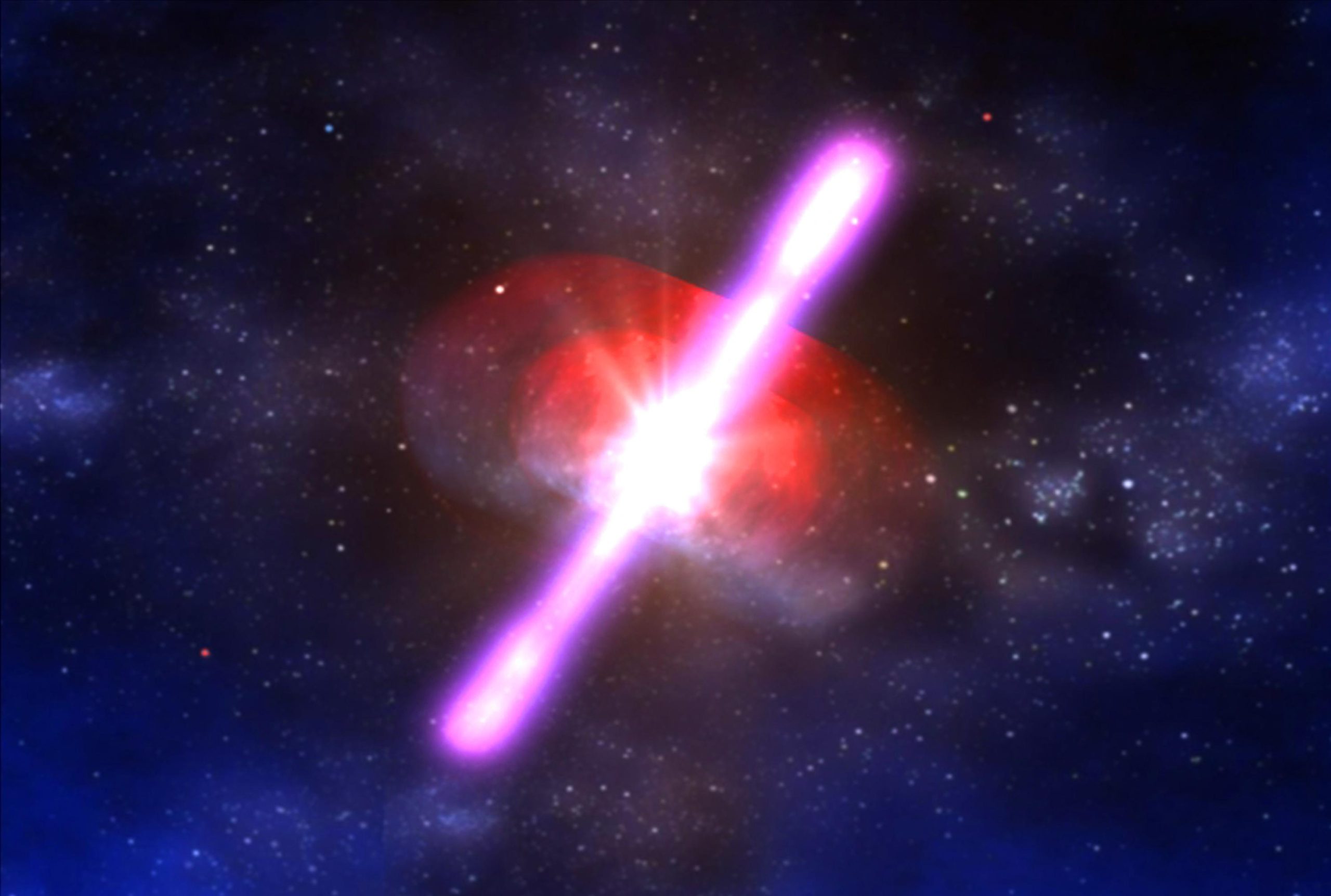
Machine learning and Gamma-Ray Bursts
Prof. Maria Dainotti z National Astronomical Observatory of Japan wygłosi wykład pt. Machine learning and Gamma-Ray Bursts
Organizers:
Instytut Astronomiczny UWr
Date:
11 February 2025, 16:00 - 17:00
Place:

Prof. Maria Dainotti z National Astronomical Observatory of Japan wygłosi wykład pt. Machine learning and Gamma-Ray Bursts
Organizers:
Date:
Place: